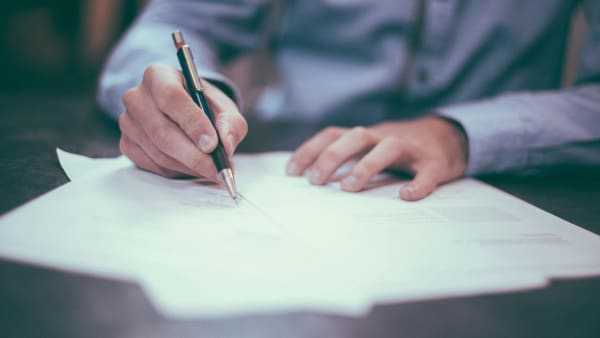Preparing for the Patent Bar Exam: A Comprehensive Guide
The Patent Bar Exam, also known as the registration examination, is the gatekeeper to your career in Patent Law. To represent inventors before the United States Patent and Trademark Office, passing this examination is crucial. Successful completion of the Patent Bar Exam signifies that you comprehend the nuances of patent law, enabling you to practice as a Patent Attorney or Agent.
Understanding the Patent Bar Exam
Prior to diving into preparation strategies, it is important to understand what the Patent Bar Exam entails. Administered by the USPTO, the examination focuses on the Manual of Patent Examining Procedure (MPEP). Here’s an overview of the main components:
- The exam consists of 100 multiple-choice questions, based primarily on the MPEP and other USPTO guidelines.
- Six hours total are provided to complete the exam – 3 hours for each half.
- The pass mark is 70%, i.e., you need to answer at least 70 questions accurately.
Who is Eligible?
Eligibility for the Patent Bar exam is determined by the USPTO. The main requirement is a substantial background in the sciences, specifically in fields like Physics, Chemistry, Biology, or Engineering. To review the exact requirements, consult the General Requirements Bulletin by the USPTO.
Developing a Study Plan
When it comes to preparing for the Patent Bar Exam, a strategic study plan is paramount. Below are key steps to help you devise an effective plan:
Understand the Layout of MPEP
- Familiarize yourself with the layout and different sections of the MPEP.
- Identify the important chapters. A higher number of questions are framed from chapters like:
- Patentability
- Duty of Disclosure
- Appeal
- Statutory Invention Registration (SIR) and Pre-Grant Publication (PGPub)
- Understand the language and style of MPEP.
Allocate Time Strategically
- Start preparing for the exam at least 2-3 months in advance.
- Divide time based on the complexity and weightage of topics.
- Use timers to work on time management.
Leverage Study Aids
- There is a series of supplement materials available for the preparation. These include practice tests, sample questions, and study guides.
- Get a good quality Patent Bar review course, which comes with multiple study aids like reference charts, flash cards, and audio lectures.
Practice Tests are Key
- Solve previous years’ questions to understand the pattern and types of questions.
- Regularly take practice tests to gauge your understanding and preparation level.
- Analyze your performance in each test and work on the weak areas.
Attend Review Courses
Investing in a comprehensive review course has its advantages:
- They offer professionally organized content.
- They provide access to study aids.
- They may provide forums for interaction and query resolution.
Detailing the Final Revision Process
The last few weeks before the exam can be used for revision. Some guidelines:
- Dedicate the last 2 weeks for revision.
- Review all MPEP chapters, focusing especially on the most important ones.
- Utilize the review materials from your course like flash cards and mind maps for revision.
- Practice solving questions within a time limit.
Day of the Exam
Keep the following points in mind:
- Stick to your usual routine on the day of the exam.
- Get plenty of sleep the night before.
- Load up on a balanced breakfast and stay hydrated.
- Reach the venue at least 30 mins before the exam time.
Moving Forward: Post Exam
Once you pass the exam, you have two choices - work as a Patent Agent or continue studying and qualify as a Patent Attorney. Remember, the aim is to become competent in interpreting and applying patent laws, not just to pass the exam. Therefore, keep honing your skills even after the exam.
Whether you are a law student, an engineer, or a professional shifting careers, preparing for the Patent Bar Exam can feel overwhelming. But with a strategic plan, dedication, and mindful preparation, you can certainly conquer the exam and move forward in your patent law career. Happy studying!




